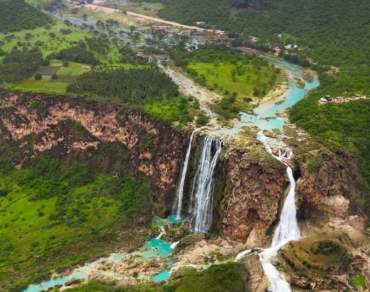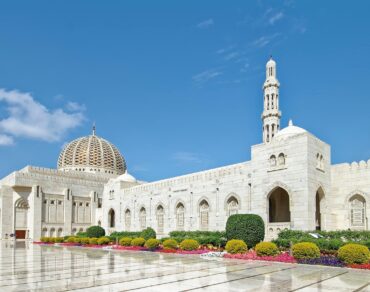
-
Oman Tour Packages > Blog > Exploring the Hidden Gems: A Guide to Cities in Oman
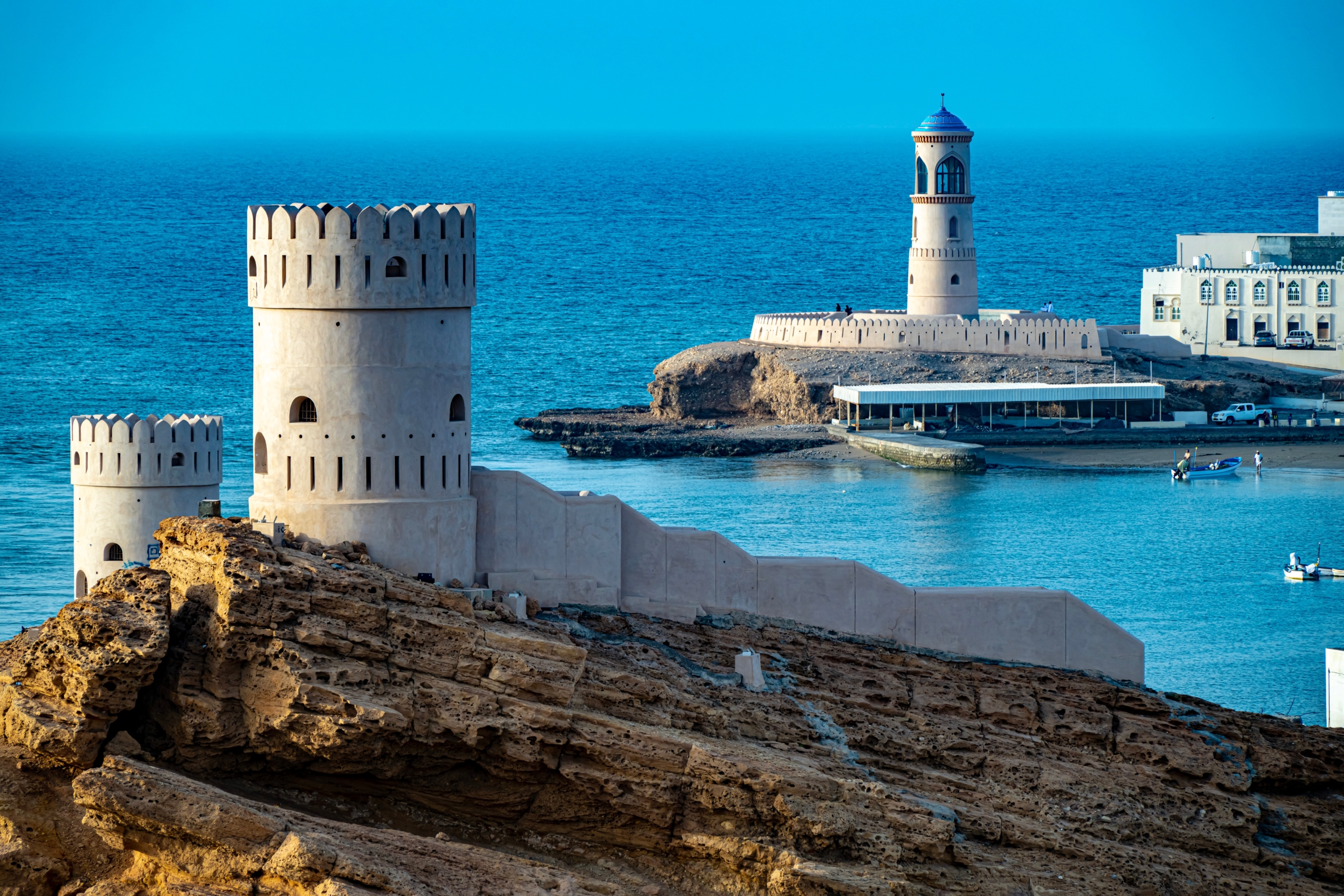
Exploring the Hidden Gems: A Guide to Cities in Oman
Cities in Oman left me speechless on my first visit. Ancient fortresses stand proudly next to gleaming skyscrapers. Traditional souks buzz with life beneath modern shopping districts’ shadows. This unique blend of old and new makes Oman’s urban centers distinct from other Middle Eastern cities.
Muscat, Oman’s bustling capital, stands as one of the country’s largest cities. The historic Nizwa and emerging Duqm each tell their own unique story. Our extensive visits to these destinations have helped create an insider’s perspective of Oman’s finest cities, where age-old traditions seamlessly merge with contemporary development.
This piece takes you through Oman’s urban world, from ancient trading ports to modern metropolises. The cultural heartlands and new developments continue to shape the country’s future in remarkable ways.
Ancient Trading Ports to Modern Metropolises
The maritime legacy of Oman’s cities traces back to the 3rd millennium BC. My visit to the bustling Port Qābūs in Maṭraḥ reminds me how this nation’s strategic position between Southeast Asia and Africa shaped its cities.
Sohar became a vital trading hub between East and West. Qalhat near Sur thrived as the twin capital of the Kingdom of Hormuz from the 13th to the 16th century. These ports aided trade in:
- Precious frankincense
- Ships built by skilled Omani craftsmen
- Goods from China and Southeast Asia
- African commodities
This maritime heritage lives on among modern developments. Maṭraḥ, Oman’s traditional commercial heart, grew stronger with new port facilities in the 1970s. The coastal regions tell a compelling story through population numbers. More than half of Oman’s 2.7 million residents live along the coast, with 27% calling Muscat Governorate home and 28% residing in Al Batinah Region.
These cities captivate me with their blend of history and progress. Oman’s architecture stands apart from its Gulf neighbors. Three core principles are the foundations of its design: simplicity, moderation, and elegance. This philosophy flows from ancient trading ports to modern developments. Traditional mud-brick buildings create a unique skyline next to contemporary structures that honor Omani design elements.
Cities like Duqm lead this evolution with growing port facilities and industrial zones. They aim to become key logistics hubs along the Indian Ocean. Yet Oman’s careful balance of progress and maritime heritage shines through even in these new developments.
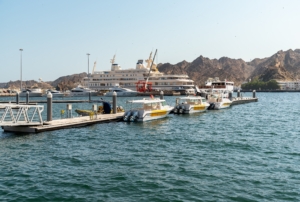
Cultural Heartlands of Interior Oman
My journey leads me to Nizwa, where coastal plains give way to rugged mountains. This former capital rests in the Western Hajar Mountains. The city’s imposing fort, which took 12 years to build, stands as proof of Oman’s rich cultural heritage.
The region thrives because of its brilliant falaj irrigation system, which UNESCO now protects in certain areas. These ancient waterways have turned potentially barren land into flourishing oases. Local communities and agriculture prosper because of this ingenious system.
Bahla reveals one of Oman’s most remarkable cultural treasures. The fort’s impressive 12-kilometer wall features 15 gates and 132 watchtowers. The town’s significance goes beyond its defensive structures. Local artisans keep traditional crafts alive through:
- Intricately designed silver jewelry
- Pottery and ceramics
- Traditional Omani daggers (Khanjar)
- Hand-crafted wooden ships
The preservation of traditional skills amazes me. Recent data shows that craft artisans numbered over 24,000 in 2020, and women’s contribution stands at an impressive 88%. The government shows its steadfast dedication to these traditions with plans for a new 13,000 square-meter specialized craft centre.
These interior cities’ narrow streets reveal the falaj system that still runs between homes and under bridges. Cool water flows through channels that nourish palm groves. This brilliant network has turned these Omani desert outposts into vibrant cultural centers that continue to fascinate visitors today.
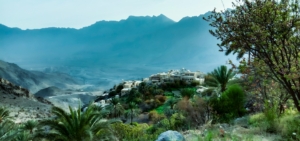
Emerging Urban Developments
The urban landscape of Oman is changing dramatically. Sultan Haitham City stands out as the centerpiece of this transformation. The city’s scale is impressive – it will house 100,000 residents in 20,000 new homes.
The sort of thing I love about this project is its eco-friendly design. The city covers 14.8 million square meters and features:
- Smart infrastructure with air quality monitors
- Advanced traffic management systems
- Micro-mobility stations
- Waste-to-energy systems
- Solar energy facilities
There’s another reason to be excited – The Sustainable City – Yiti. This project will be Oman’s first fully sustainable city and the Middle East’s largest sustainable community. The project should finish by 2025, and it’s set to become Oman’s first Net Zero Carbon community by 2040.
The industrial sector shows similar momentum. Madayn’s industrial cities brought in over 300 new projects in 2022, with investments hitting RO300 million. The national workforce in these industrial cities has grown beyond 19,000. This growth marks significant progress in job creation.
The digital world is evolving alongside these developments. Smart city features and 80 automated electronic services show Oman’s dedication to building tech-savvy urban spaces that honor its cultural heritage.
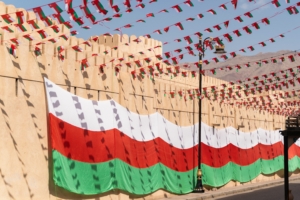
Conclusion
My experience across Cities in Oman reveals a remarkable story of balance. Ancient ports maintain their historical essence while adapting to modern commerce. Cultural heartlands preserve traditional crafts among contemporary living, and new eco-friendly cities emerge from the desert without compromising Omani values.
Oman stands apart from its regional neighbors through this careful equilibrium. The country’s urban centers showcase a compelling success story. Smart city state-of-the-art features coexist with centuries-old falaj systems, and traditional souks flourish next to modern industrial zones. The numbers paint a clear picture – 24,000 active artisans preserve cultural heritage while Sultan Haitham City plans to accommodate 100,000 residents.
These cities provide a blueprint for eco-friendly development that honors cultural identity. Oman’s urban development continues steadily, and its cities prove how nations can accept new ideas while cherishing their past. These unique urban centers have a promising future, as each corner weaves a story where tradition meets progress. Book Now!
Related Tours
Related Tours
Test2
© 2025 Oman Tour Packages. All rights reserved.
